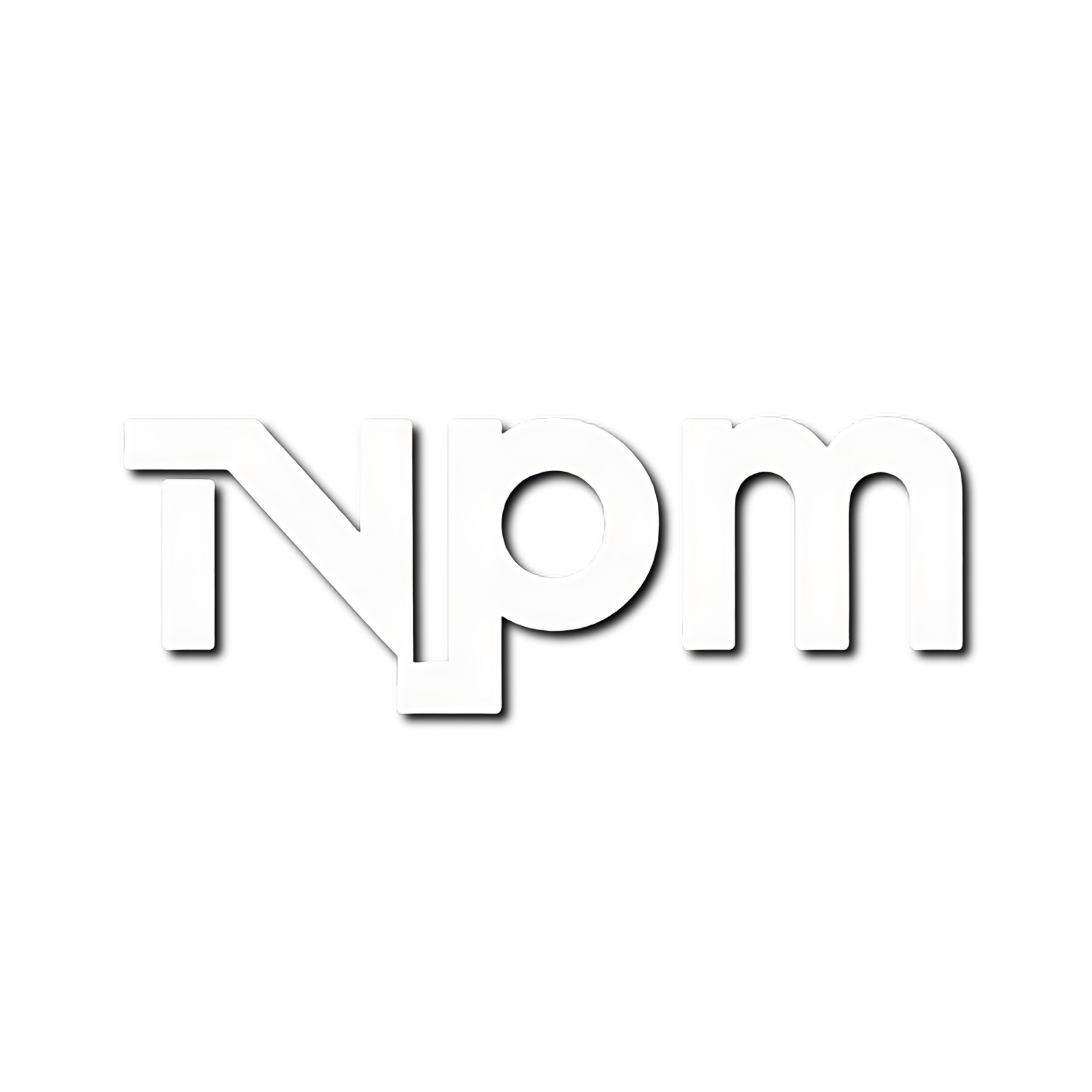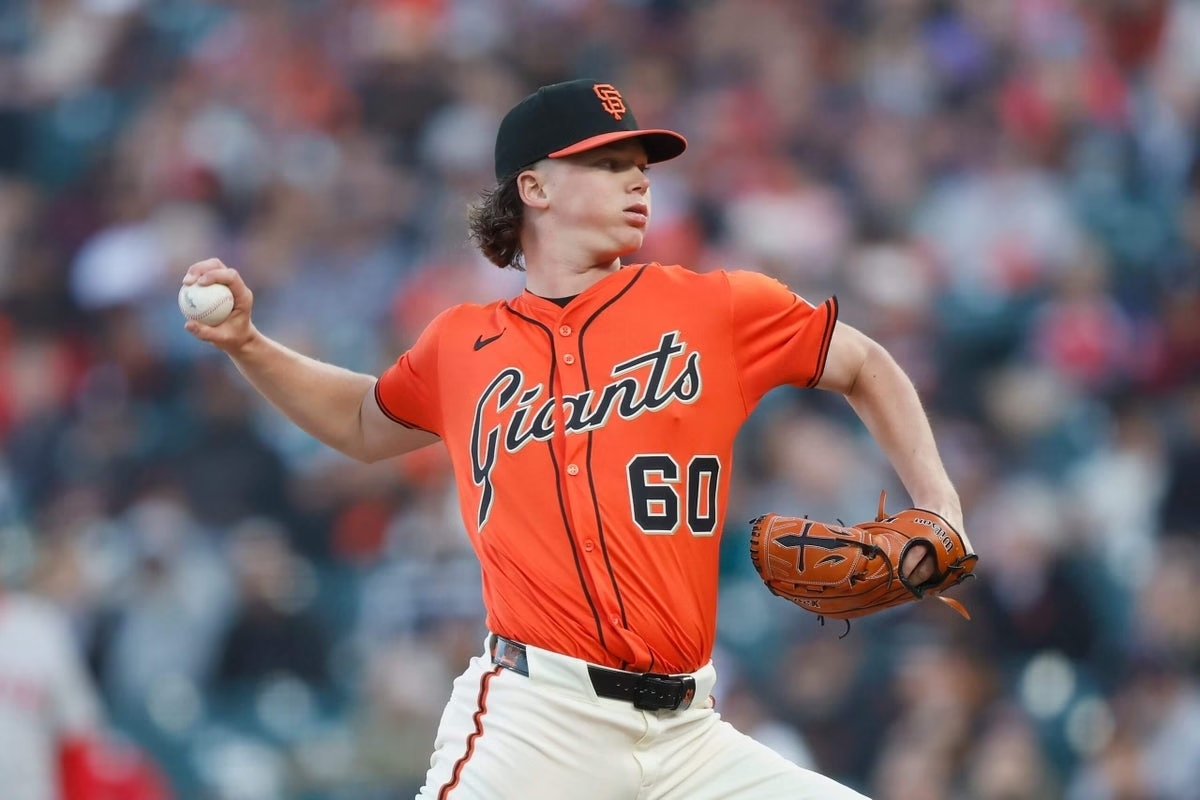In the most general sense, the Giants are exactly where they were projected to be. They’re contending, but they’re not running away with a postseason spot. They’re a team that struggles to score runs, but they can win because of how well they prevent them. Read all of this to someone in March, and they’ll nod their head along with every word. Yeah, all of this seems about right.
The specifics, though, start to get really surprising, really fast. Robbie Ray isn’t the most unexpected All-Star out there, but Randy Rodríguez might be? Logan Webb is striking batters out now, but Justin Verlander is struggling and the Giants are relying on two rookies in the rotation. And did you see this business about Rafael Devers being on the team now? Wild, wild stuff.
Here are three storylines that will shape the team in the second half. Note that it was tempting to repeat the first one for all three storylines. It wouldn’t have been incorrect.
Where are the runs going to come from?
It’s all going to start with Devers … assuming he’s healthy. The Giants’ new DH (and future first baseman at some point?) has been dealing with a variety of physical ailments, including tightness in his back and groin. The injuries might help explain why Devers has been outslugged by Christian Koss, Sam Huff and Brett Wisely since joining the Giants, but they don’t change the overall prescription for the team. They’re going to need Devers to outslug Koss et al, and they’re going to need him to outslug most of the hitters in the NL if they’re going to reach their potential.

The Giants need a healthy and productive Devers. (Eakin Howard / Imagn Images)
The Giants are feeling better than they have since the Devers trade, now that Matt Chapman has returned from injury and the lineup is something approaching full strength. However, they still need a lot more consistency. Between Devers, Chapman, Heliot Ramos and Willy Adames, the Giants have All-Star potential hitters at four out of their nine lineup spots, and they’re hoping for some more April-type production from Jung Hoo Lee. There’s a chance the runs are already there, at least on paper. Everyone just needs to hit at the same time. Heck, maybe just two of them could hit at the same time. A revolutionary concept, to be sure.
The help isn’t likely to come from within the organization. Jerar Encarnacíon’s disastrous season could still be partially salvaged when he returns from injury, but he looked wild and overly aggressive when he was briefly with the team. Bryce Eldridge has been on the IL for Triple-A Sacramento and getting at-bats at the Giants’ complex in Arizona, but he seems like an unlikely solution. Marco Luciano has had a decent power season, but a miserable time making contact in Sacramento.
Casey Schmitt will have a chance to seize the second-base job over the next couple weeks, and all he has to do is hit, even a little bit. If he can do that, he might just hold the position down for a few years.
How far are the Giants going to push their young starters?
Hayden Birdsong hasn’t been throwing strikes in his recent starts, so it would appear that his rotation spot is the shakiest, but both he and Roupp will need to be monitored in the second half. Birdsong has thrown 65 2/3 innings so far this year, and his career high in innings as a professional is 100 2/3, which he set in 2023, his first full season as a professional. As the fall months grow long, it’s possible the Giants could start skipping Birdsong’s starts or at least putting more space between them.
Roupp (26) isn’t as young as Birdsong (23), but he also has a limited history of being stretched out. He’s at 96 1/3 innings right now, with his career high 107 1/3 innings in 2022 — the only time he’s thrown 100 innings as a professional. Since the start of May, Roupp has made 13 starts with a 2.44 ERA (3.55 FIP), and he’s been one of the more reliable pitchers on the staff, so the plan might be to keep the status quo and listen carefully to his arm.
The same question could be asked about the Giants’ most veteran starter, Verlander. The issue is less about his workload and more about his effectiveness — while he looked like his old self in his last start of the first half, he’s been the least effective starting pitcher in the rotation, and it hasn’t been close since Jordan Hicks was traded. He’ll keep getting starts, and it’s not as if he’s pitching for his job yet, but the plan hasn’t worked just yet, and there will be eyeballs on him until it does.
What are the Giants going to do at the trade deadline?
They might look for ways to score more runs. And they might look for help for their young starters.
The Giants have already made one of the most significant trades in franchise history and are almost certainly done with the mega-trades. They’ll still look for smaller deals to patch the roster, though, with pitchers and hitters both likely targets. Even before Erik Miller went on the IL, there was a clear need for left-handed relief. Dominic Smith has given the Giants more out of the first base spot than LaMonte Wade Jr. has, but that’s not saying much. The plan is ostensibly to get Devers out there when he feels comfortable, but if the right first baseman is available, they’ll be open to the idea.
It was just a couple months ago that the Giants couldn’t find room for Kyle Harrison and Birdsong in the rotation, but now it wouldn’t be a bad idea to get a solid No. 3 to slot behind Webb and Ray. Another starter would take pressure off Verlander and Roupp alike, and could help the younger pitchers from blowing past their career highs in innings.
That would be a distant third priority, though, because apart from left-handed relief, the Giants’ top priority will be improving a lifeless offense. They’ve already made the most aggressive trade available to them, and Devers will start to become a solution instead of a part of the problem. However, they could use more depth in the lineup, which would help buffer some of the inevitable slumps in the middle of the order.
(Top photo of Birdsong: Lachlan Cunningham / Getty Images)


Leave a Reply